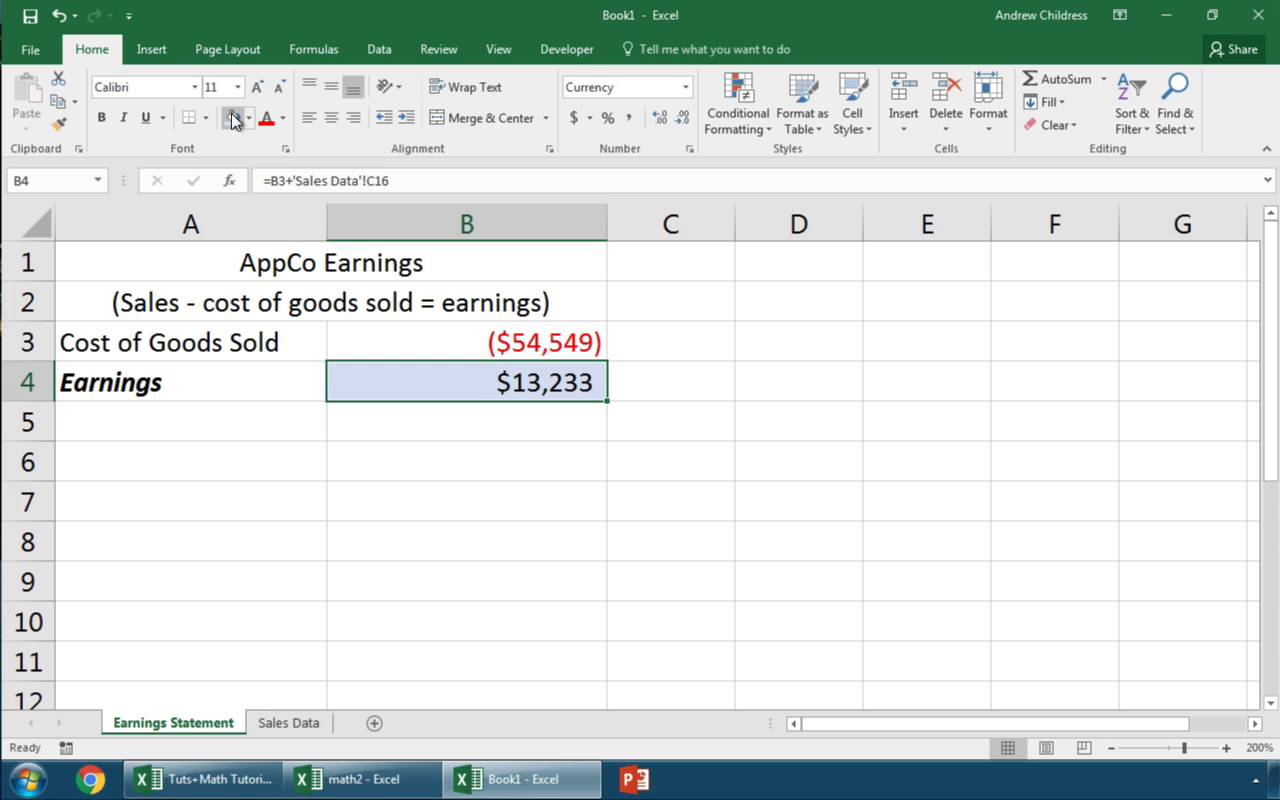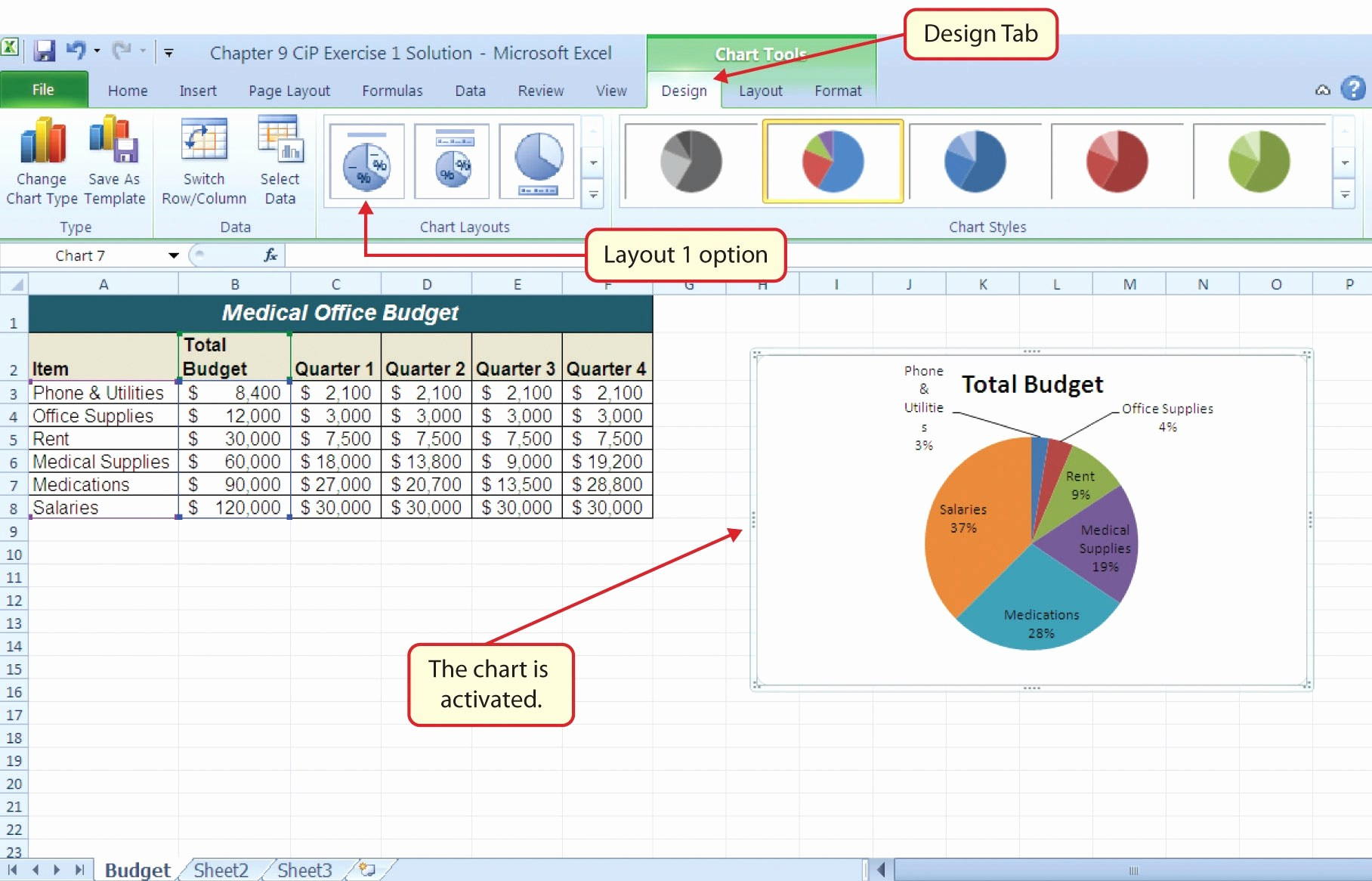Excel Workbook Sheets: How Many and Why?

Welcome to our deep dive into Excel workbook sheets: a fundamental aspect of Microsoft Excel often overlooked yet incredibly powerful for organizing, analyzing, and managing data effectively. Have you ever wondered how many sheets Excel can handle in a single workbook? Why would you need multiple sheets? And what are the best practices to use them? This guide explores all these questions and more, ensuring you utilize Excel to its fullest potential.
Understanding Excel Workbook Sheets

Excel workbooks are collections of worksheets, each serving a distinct purpose or holding different datasets. Let’s understand this better:
- Workbooks: The file that contains multiple sheets where you input and manipulate data.
- Worksheets: Individual tabs within the workbook, each allowing up to 1,048,576 rows by 16,384 columns of data.
An Excel workbook provides ample space for extensive data management but keeping it organized can be challenging. Let's delve into how many sheets Excel supports and why they're essential.
How Many Sheets Can Excel Handle?

Microsoft Excel has a default limit of 255 sheets per workbook since Excel 2007. Here are some key points:
- Excel 2007 and Later: Excel has a default workbook limit of 255 sheets. However, this limit can be extended programmatically using Visual Basic for Applications (VBA).
- Excel 97 - 2003: The limitation was even stricter with just 3 worksheets per workbook.
💡 Note: While Excel can handle multiple sheets, practical usage often calls for a more manageable number for efficiency and performance reasons.
Why Use Multiple Sheets?

Multiple sheets in an Excel workbook serve several practical purposes:
- Data Segregation: Different sheets can be used to segregate various types of data or analysis for better organization.
- Workflow Management: Organizing project phases or processes into different sheets to track progress or task completion.
- Data Consolidation: Centralizing data from various sources into a single workbook for comprehensive analysis.
- Complex Formulas: Sheet references can simplify complex calculations and minimize the risk of formula errors.
Best Practices for Managing Sheets

Here are some best practices to keep your Excel workbook efficiently organized:
- Consistent Naming: Name your sheets descriptively to indicate what data they contain.
- Color Coding: Use sheet tab colors for visual distinction.
- Organize Sheets: Arrange your sheets in a logical order for navigation.
- Grouping Sheets: Utilize grouping to perform similar actions across multiple sheets simultaneously.
- Use 3D References: Leverage 3D references for calculations across multiple sheets, enhancing data integrity.
Maximizing Productivity with Sheets

Effective use of sheets can significantly boost your productivity:
- Plan Ahead: Envision your data layout before diving in.
- Keep it Simple: Stick to the 80⁄20 rule; not every sheet needs to be complex.
- Use References: Link data between sheets instead of duplicating it to maintain consistency.
- Integrate with Other Tools: Import data from other sources or export data to other programs for further analysis.
Common Pitfalls and How to Avoid Them

Here are some pitfalls users often encounter and ways to mitigate them:
- Too Many Sheets: Don’t exceed 255 without a good reason; it can slow down your workbook.
- Confusing Naming: Use clear, concise names; avoid vagueness.
- Inconsistent Data: Ensure sheet data aligns with each other to maintain data integrity.
- Performance Issues: Limit the use of volatile functions or large datasets to avoid slowdowns.
As we wrap up our exploration of Excel workbook sheets, we've uncovered the capabilities and best practices for managing sheets. Understanding Excel's limits and organizing your data efficiently can lead to more precise, manageable, and insightful data analysis. Sheets provide flexibility and structure, enabling you to handle complex datasets with ease, streamline workflows, and ensure data accuracy.
What is the default sheet limit in Excel?

+
The default limit for Excel workbooks since Excel 2007 is 255 sheets, though this can be increased with VBA.
Why should I use multiple sheets in a workbook?

+
Multiple sheets help in segregating data, managing workflows, consolidating data from various sources, and simplifying complex formulas by using sheet references.
Can I use different colors for Excel sheets?

+
Yes, you can use sheet tab colors for visual distinction and to organize your workbook more effectively.



